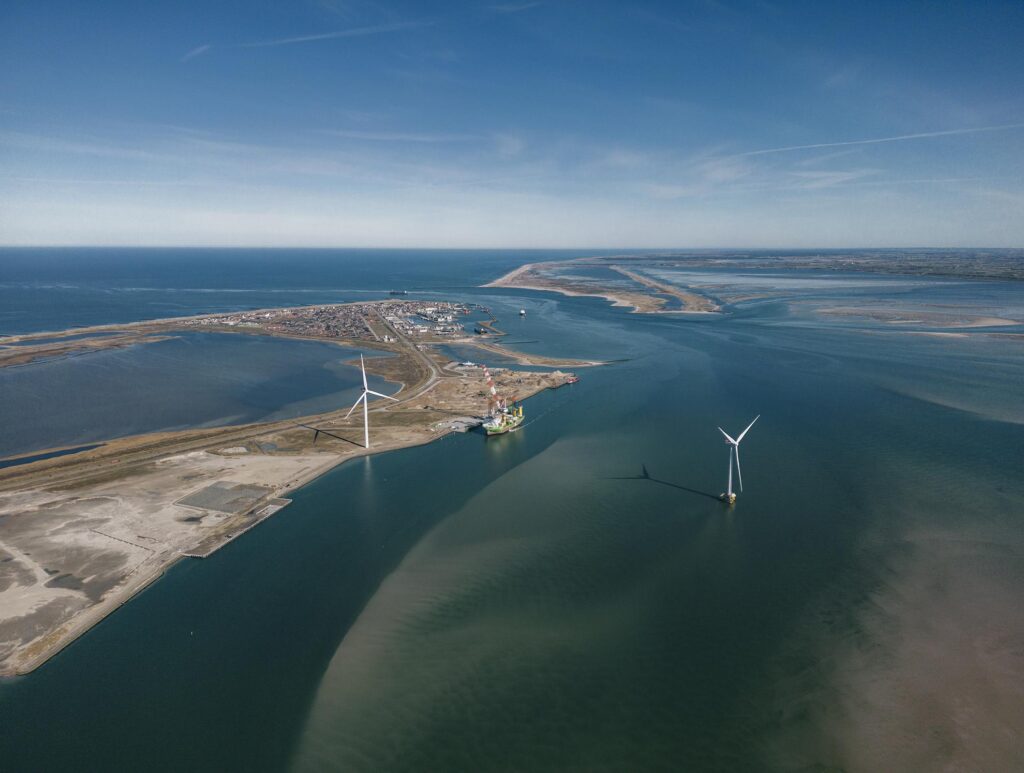RWE selects Thyborøn Port as the base for its 1.1 GW Thor offshore wind farm in Denmark.
Thyborøn will serve as the home port for service vessels and the control center for managing marine logistics during the offshore construction phase.
Secondary steel structures will be managed from Thyborøn during the foundation installation phase beginning in spring 2025.
Buss Ports will lease and operate an area of approximately 100,000 square meters and the corresponding quay in the port’s southern section.
“Thyborøn will play a crucial role in delivering our Thor project—Denmark’s largest offshore wind farm to date. Secondary steel structures, such as boat landings, will be handled there,” said Günther Fenle, Project Director at RWE.
“Thyborøn Port provides the necessary facilities and infrastructure, while Buss Ports manages logistics. Thyborøn will host the Thor team for over two years during construction,” Fenle added.
In April, RWE selected Dajin Offshore and EEW SPC to supply 36 monopiles each, including secondary structures, for Thor.
The Danish Energy Agency has granted RWE the offshore construction permit for Thor, allowing work to commence in spring 2025.
Onshore work is underway, including cable installation, building a substation in Lemvig municipality, and constructing an operations and maintenance base.
Seabed preparation will begin in early 2025, with offshore construction starting in spring with foundation installation. Turbine installation is set for 2026, primarily from Esbjerg port.
“RWE choosing Thyborøn Port for installing secondary steel structures and as the base for Thor is an affirmation of our strategy to expand port capacity for offshore wind components,” said Karl Kristian Bro, Chairman of the Board at Port of Thyborøn.
Follow offshoreWIND.biz for more updates.
Original Story at www.offshorewind.biz
